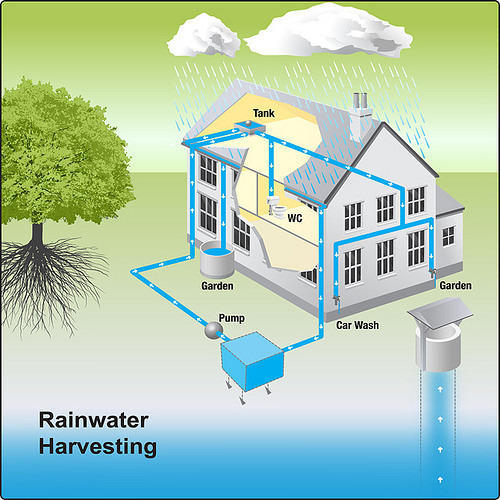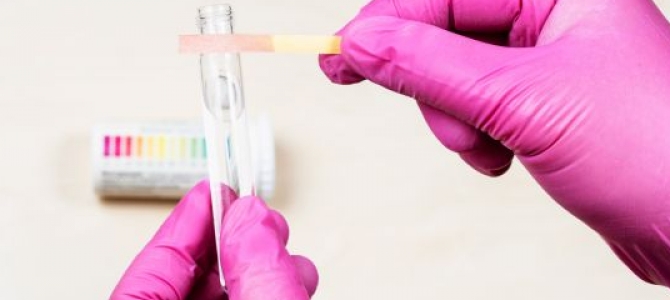How to Test Rainwater for Safety: A Comprehensive Guide

Rainwater harvesting is an eco-friendly and cost-effective way to collect water, but ensuring its safety for use is crucial. Testing rainwater for safety involves several steps and methods to detect contaminants and assess water quality. This guide will walk you through the process, including what to test for, how to collect samples, and interpreting results.
Why Test Rainwater?
Rainwater can contain pollutants from the atmosphere, roofing materials, and collection systems. Testing helps identify:
- Microbial contaminants (bacteria, viruses)
- Chemical pollutants (heavy metals, pesticides)
- Physical impurities (sediments, debris)
Ensuring safety is vital for drinking, cooking, gardening, or other household uses.
Key Parameters to Test
| Parameter | Importance | Common Testing Methods |
|---|---|---|
| pH | Indicates acidity or alkalinity | pH meter, test strips |
| Turbidity | Measures water clarity | Turbidity meter, visual inspection |
| Microbial Content | Detects harmful bacteria and viruses | Laboratory culture, test kits |
| Heavy Metals | Identifies toxic metals like lead, arsenic | Laboratory analysis, test kits |
| Chemical Contaminants | Includes pesticides, nitrates | Laboratory tests, test strips |
How to Collect Rainwater Samples
- Use clean, sterilized containers to avoid contamination.
- Collect samples directly from the storage tank or first flush diverter.
- Avoid sampling immediately after rainfall starts to reduce debris.
- Label samples with date and location for accurate tracking.
Testing Methods
DIY Test Kits
- Affordable and easy to use.
- Suitable for basic parameters like pH, turbidity, and some bacteria.
- Follow instructions carefully for accurate results.
Laboratory Testing
- Provides detailed and accurate analysis.
- Can detect a wide range of contaminants.
- Recommended for drinking water safety verification.
Professional Water Testing Services
- Experts collect and analyze samples.
- Provide comprehensive reports and recommendations.
Interpreting Test Results
- Safe pH range: 6.5 to 8.5
- Turbidity: Should be low; high turbidity indicates contamination
- Microbial presence: Zero tolerance for harmful bacteria in drinking water
- Heavy metals: Should be below regulatory limits
If results exceed safe levels, consider treatment options like filtration, UV purification, or boiling.
FAQ
Q1: How often should I test my rainwater?
A: At least twice a year, or more frequently if water quality changes.
Q2: Can I drink rainwater without testing?
A: It’s not recommended. Testing ensures safety and prevents health risks.
Q3: What treatments are effective for contaminated rainwater?
A: Filtration, UV sterilization, boiling, and chemical treatments depending on contaminants.
Q4: Is rainwater safe for gardening without testing?
A: Generally yes, but testing helps avoid harmful chemicals affecting plants.
Testing rainwater is essential for safe and sustainable use. By following these guidelines, you can ensure your collected rainwater is clean and safe for your intended purposes.
